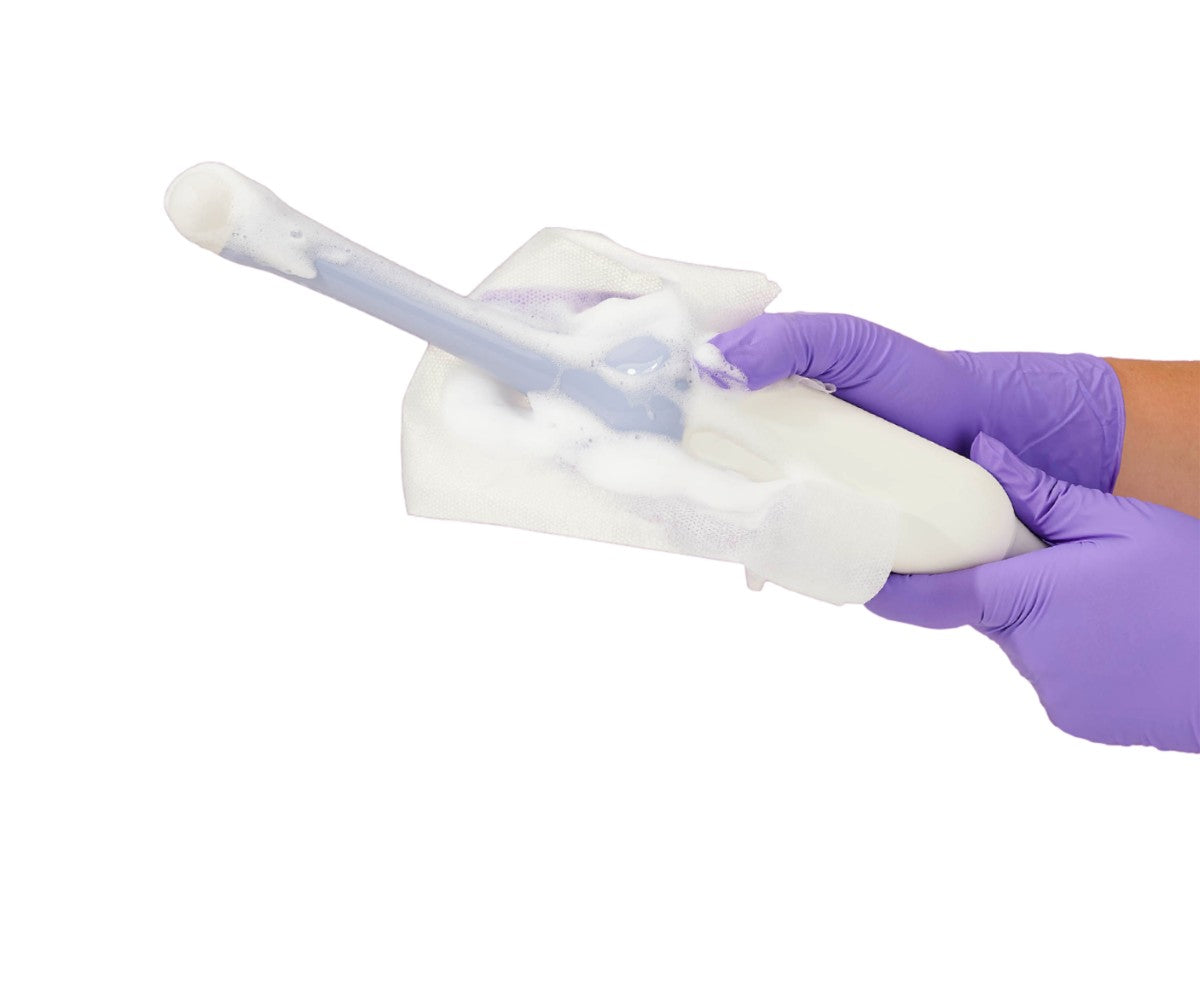As most medical practitioners and administrators know, infection control remains no easy task. Rather than being a single action, such as disinfection, infection control encompasses a variety of steps that come together to form a cohesive process. This process, many times referred to as an organization or facility’s infection control protocol, should include a series of preventative measures that touch upon a variety of instances where patients find themselves at risk of infection.
Whether it be minimizing direct transmission through the use of medical gloves or indirect transmission through the disinfection of contaminated surfaces, infection preventionists must consider each point of transmission. By doing so, the facility’s infection control protocol will be better equipped to stem the spread of healthcare-associated infections (HAIs) and increase patient safety.
Below are 4 steps medical practices can take to improve their current process:
Collaborate with infection control experts
Considering that the process of infection control is complex and intricate, hospital administrators and practice managers should collaborate with infection preventionists to evaluate their current protocol. Collaboration may look differently depending on the nature of the practice. Some hospitals may have internal infection control departments while imaging centers may use an external infection control consultant.
Regardless of whether seeking external or internal assistance, tapping into the expertise of an infection control professional can add “an extra layer of safety,” according to Michael Bell, MD, Deputy Director of Division of Healthcare Quality Promotion at the Centers for Disease Control and Prevention. “You can have an extra set of eyes looking at things to make sure they're safe,” he added.
Moreover, administrators and practitioners interested in increasing their infection control knowledge can do so via membership in infection control organizations and by attending seminars on the topic. Stephen Trosty, JD, MHA, CPHRM, a risk management consultant, recommends that medical professionals consider obtaining membership in the Association for Professionals in Infection Control and Epidemiology (APIC).
Healthcare professionals can use these sources of information to remain up to date on new developments in infection control methods, when and how infections are occurring in specific areas, products that should be used, and more. “APIC can provide some of that information,” Trosty said.
Create a culture of infection control
There is a prevalent belief within healthcare that infection control is the role of the infection control professional. However, administrators and practice managers must combat this false belief as it stifles the creation of a positive infection control culture. Dr. Bell refuted this idea and said, “Actually, it’s the role of everyone in the health care facility.” Each staff member that has contact with a patient, whether it be an individual pushing a wheelchair or a physician performing a surgery, should see infection control as a part of their role.
Dr. Bell encouraged administrators and managers to ensure that each staff member in their facility views infection control as a priority and said, “it’s an important cultural shift that needs to occur and I think is occurring.”
Additionally, staff members should inform visitors and family about their respective roles in the reduction of HAIs. These individuals may come into contact with patients and potentially contaminate surfaces in and around them. Therefore, visitors should be made aware of infection control practices, such as hand hygiene, to minimize these risks.
Comply with accepted standards of practice
Marcia Patrick, RN, MSN, CIC, infection prevention and control director at MultiCare Health System in Tacoma, WA, recommends that facilities regularly monitor autoclaves and ensure that time, pressure, and temperature parameters are met. In addition, Patrick recommends the autoclave be spore tested at least weekly and serviced annually.
Furthermore, administrators should strive to keep their facilities compliant with state and federal guidelines, such as those from the CDC. Any private guidelines from the facility itself should also be communicated to healthcare staff to ensure that they are being properly followed.
Ensure healthcare staff are knowledgeable and monitored
Practice managers and hospital administrators should seek to provide regular training and continuing education opportunities in infection control for staff members. Trosty suggested that these training opportunities be documented in personnel files and closely monitored to ensure staff are compliant and aware of the facility’s infection control protocols. He suggests administrators review the most significant ways that healthcare-associated infections spread with staff at least annually. Keeping staff informed of infection control protocols and re-emphasizing the importance of their role in reducing the risk of infection is an effective way to increase patient safety.
EDM offers a wide variety of infection control products from trusted brands. Learn more here about our comprehensive solutions for your facility.

![Improving infection control practices [4 steps]](http://us.edm-imaging.com/cdn/shop/articles/Improving_infection_control_practices_4_steps.jpg?v=1689777340&width=1000)




